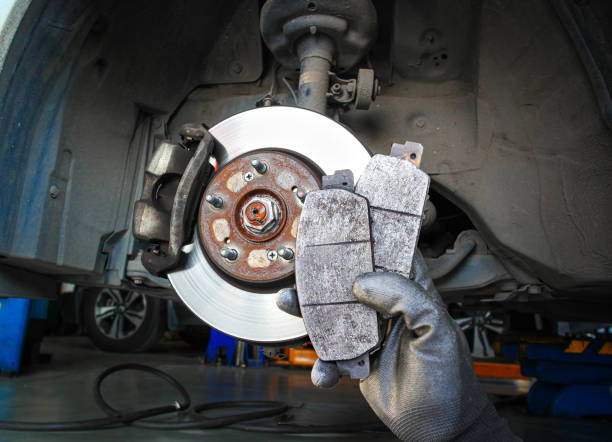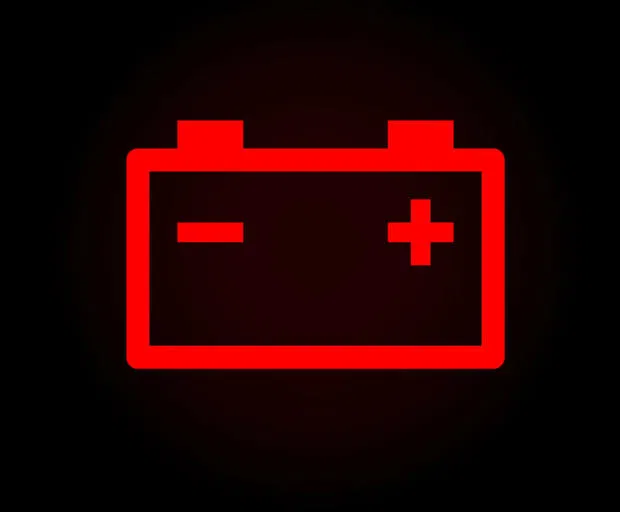
Similar Posts

Understanding Cores in the Automotive Industry: Why They Matter
Sharing is CaringWhen it comes to automotive repairs, there’s a lesser-known but important concept called a “core.” Many customers wonder what it is, why it’s important, and how it benefits them. Let’s dive into the basics to understand the role cores play in the automotive world. What is a Core? A “core” refers to the…

Top 10 Auto Parts to Upgrade Before the Winter Salt Hits Canada’s Roads
Sharing is CaringAs the chill sets in and the first snowflakes hit the ground, Canadian drivers know what’s coming next — salt-covered roads, freezing temperatures, and slippery commutes. While winter tires often take center stage in seasonal prep, several other crucial components deserve your attention before the salt and slush start eating away at your…

DIY Car Maintenance Made Simple: The Role of Auto Parts Stores
Sharing is CaringOwning a car is a wonderful experience, but it comes with its fair share of responsibilities. From regular oil changes to unexpected repairs, vehicle maintenance can sometimes feel overwhelming. The good news? Auto parts stores have stepped up their game, making car care more accessible and convenient for everyone. Let’s explore how these…

Brake Pad Maintenance: Tips for Prolonging Lifespan and Ensuring Safety
Sharing is CaringBrake pads are a critical component of any vehicle’s braking system, responsible for bringing your car to a safe stop. Regular maintenance of brake pads not only ensures your safety on the road but also extends the lifespan of your vehicle’s braking system. In this article, we will explore essential tips for maintaining…

The Brain and The Nerves: Role of Engine and Safety Sensors in Your Car
Sharing is CaringIn today’s increasingly complex automotive world, cars are no longer just mechanical machines—they’re intelligent systems powered by electronics and sophisticated data interpretation. At the heart of this intelligence are automotive sensors, acting like the vehicle’s nervous system. These sensors continuously relay real-time information to control modules, enabling everything from basic engine function to…







